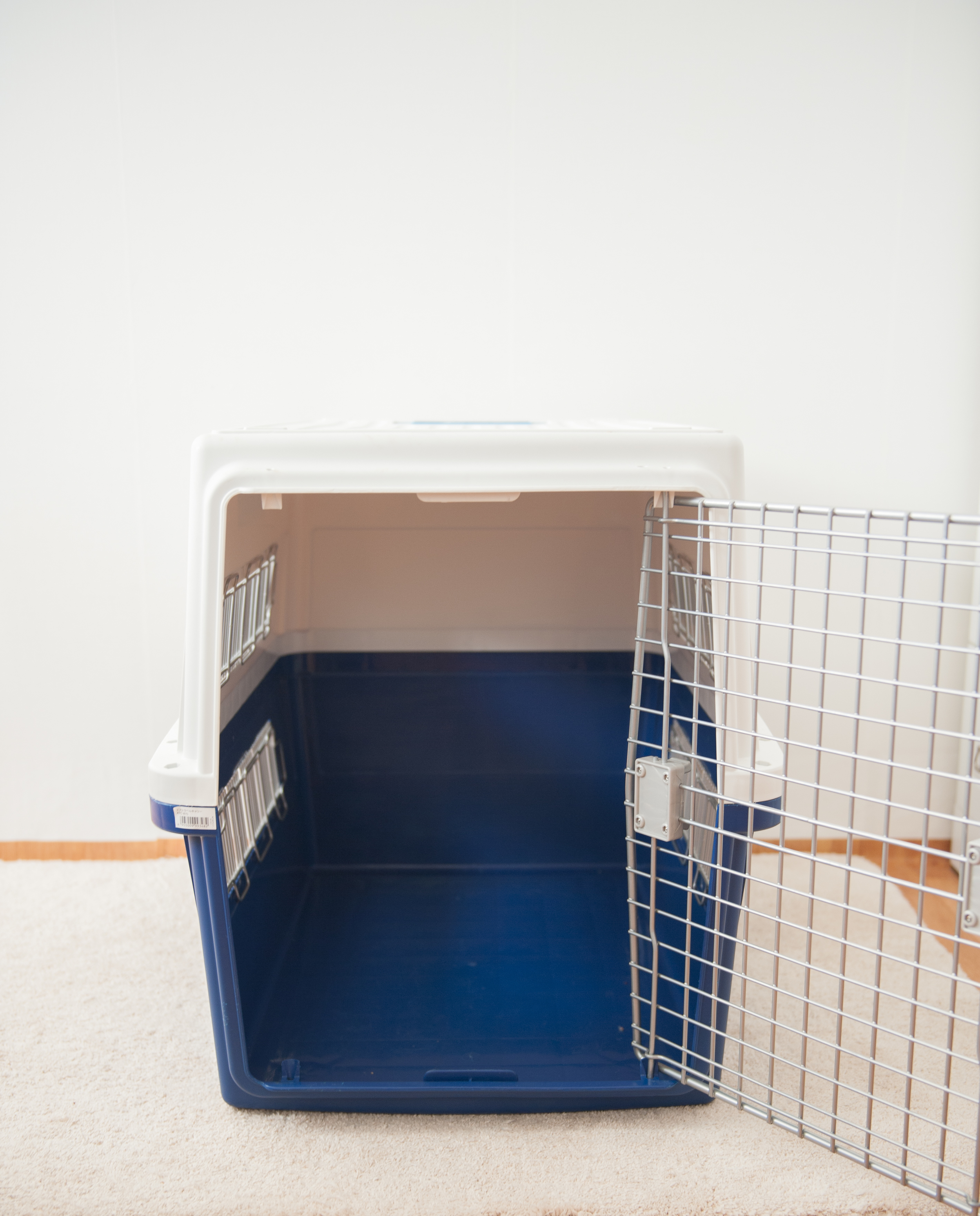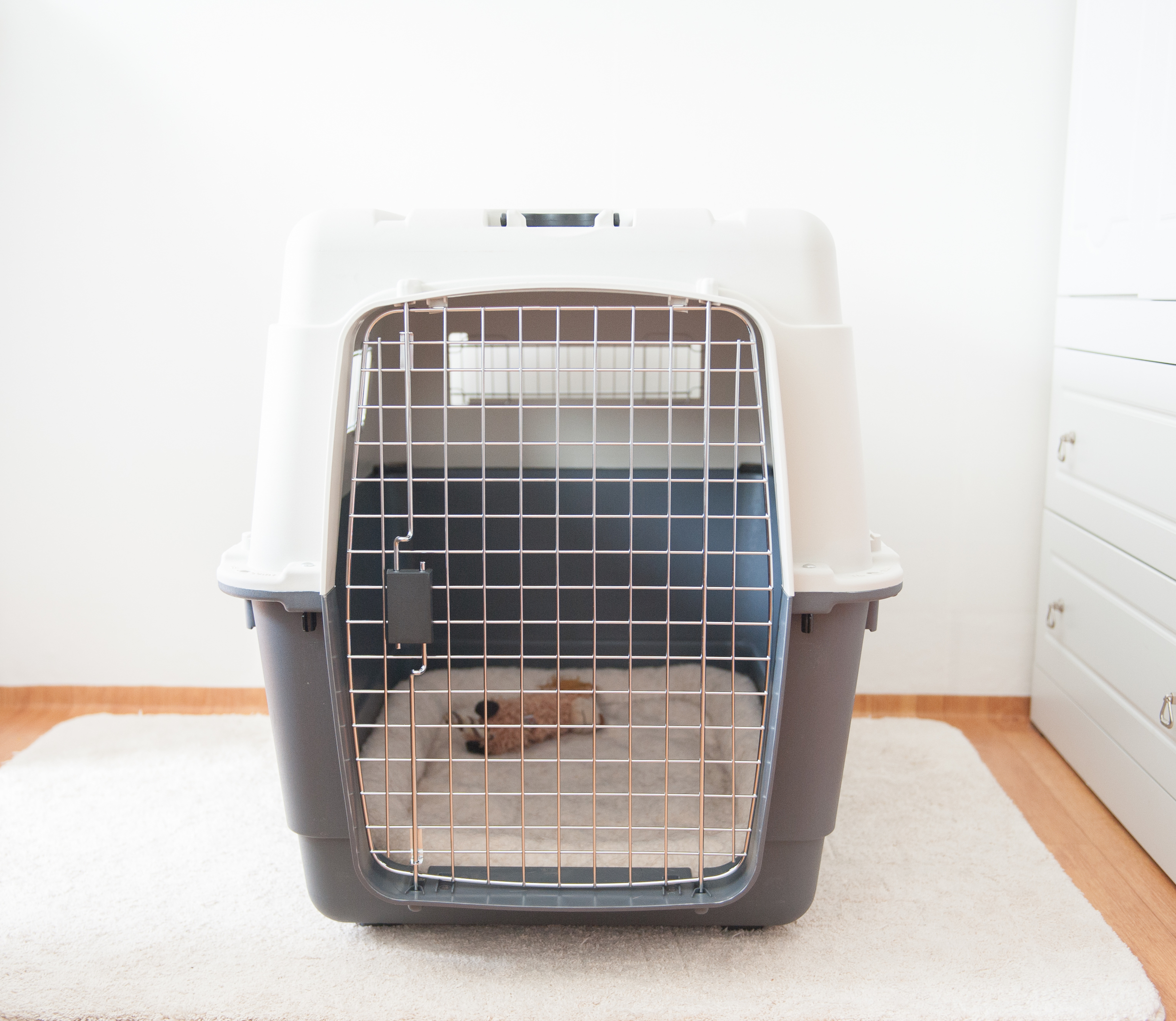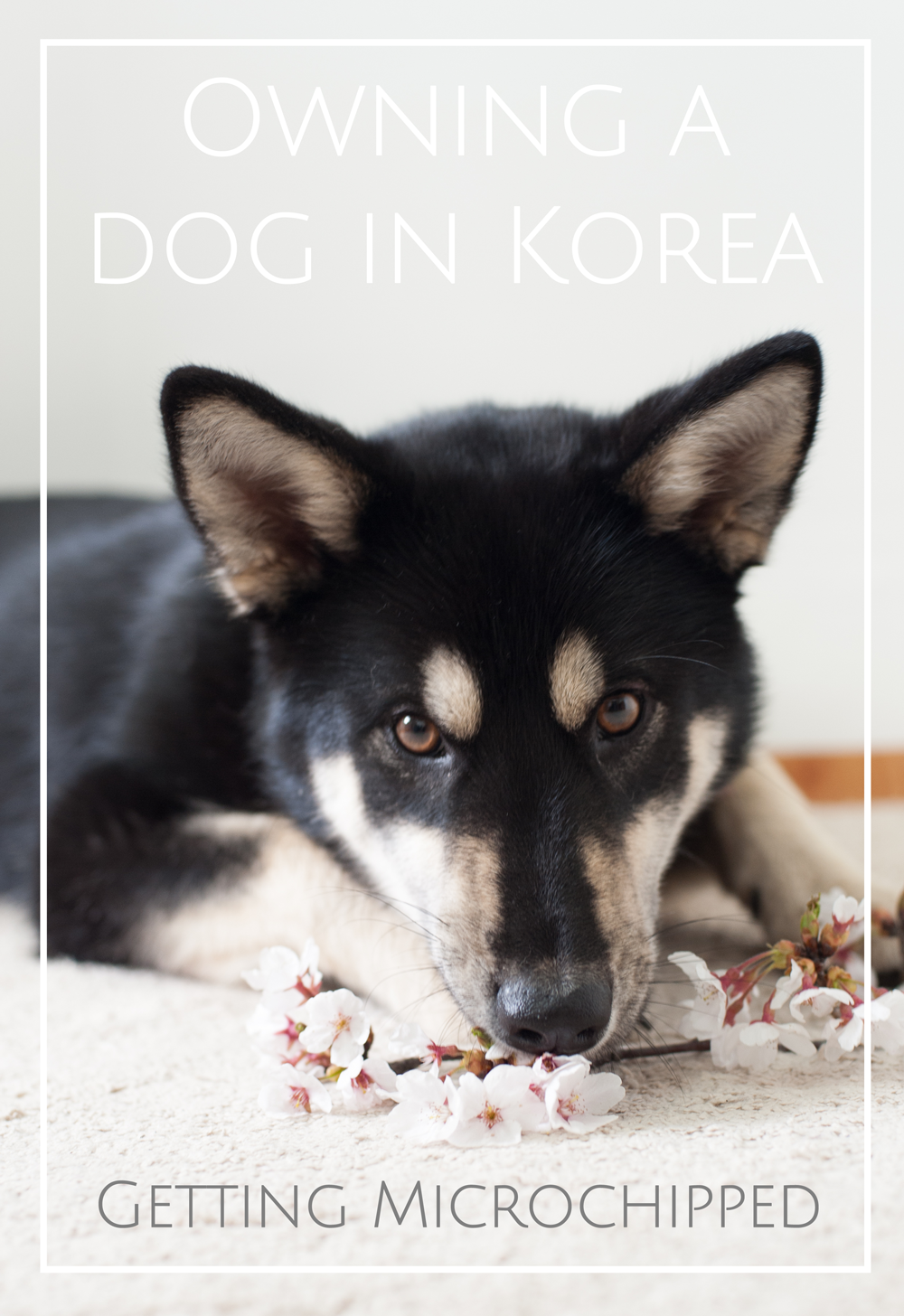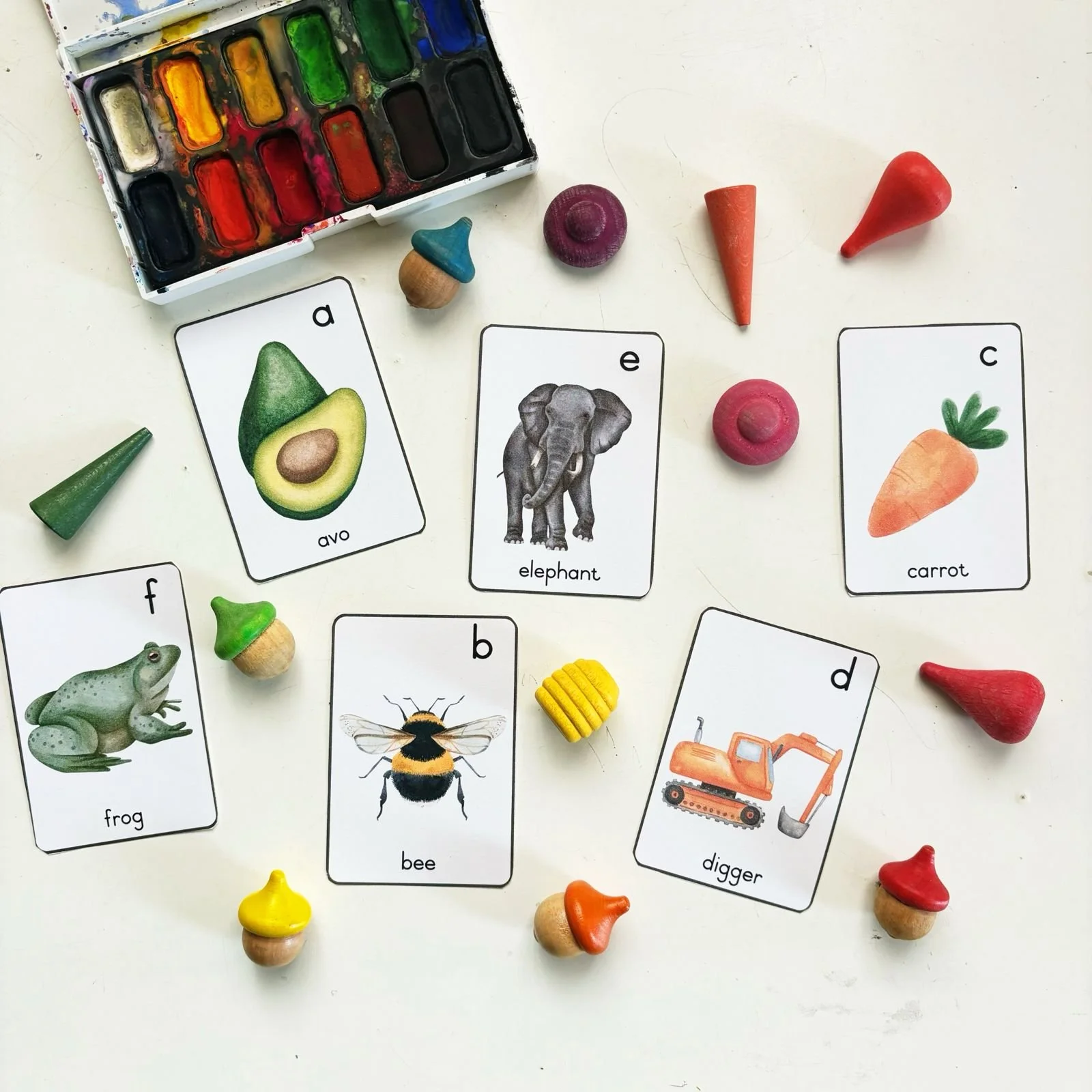Crate TRaining & How to choose an airline approved crate for international travel
/If you adopt or rescue a dog here in Korea like we have, chances are you will at some stage or another have to get your pup back home. To do this you are going to have to get a dog crate (or carrier if your dog is small enough to fly in cabin). Crates come in all shapes and sizes and it is so overwhelming trying to decide which is the right one for you and your dog. I hope this post makes your life a little bit easier when choosing a crate or going about crate training.
Crate Training
Whichever crate you buy, you are going to need to spend a lot of time (and patience!) getting your dog used to the crate and hopefully comfortable enough in it that they choose to sleep in it if given a choice. There are loads and loads of great youtube videos on crate training but the best tip I can give you is to start small and work slowly. Give yourself enough time (preferably months) to successfully get your dog used to his or her crate. Ideally, crate training should start the moment you bring your dog home but understandably this is not always possible if you rescue a dog unexpectedly (like we did). Also, we only gave him toys and treats inside his crate (if he took them out we would pick them up and place them back in his crate until he stopped bringing them out). Also feeding your dog in his crate will ensure he associates his crate with positive experiences. Make it rain treats inside the crate, and you will slowly be able to work on a command that goes along him going inside the crate. Pretty soon you'll be able to put your dog to bed with just the command. But remember to start slow and be patient. I'm pretty sure we would also hate being closed off in a small space and left unattended for hours at a time. I highly recommend the following dog training Youtube channels for training:
Crate training was hard. Listening to my poor pup crying all night because he wanted to be close to us was horrible BUT it has been the best thing we have ever done for him. We work all day and so Shadow is left at home alone for up to 8 hours a day. To protect him, and to protect the rest of our house, we kept him closed in a spare room with a baby gate on th door from the first night we got him until we got a crate. It took him about 10 days to acclimatise to being left alone at night, and boy oh boy did he cry. It was SO hard hearing him cry and not going to him and picking him up. But, it stopped eventually and he started to sleep through the night. We were also able to quickly pick up whether he was crying for attention or crying to go to the bathroom.
Crate training is also a wonderful tool for housetraining your dog as their crate becomes their home or their 'den' similar to something they may have if they were left out in the wild. Because of this, dogs are really reluctant to dirty their sleeping area, and so housetraining them to either use a pee pad or to go outside is made much easier. We live in an apartment here in South Korea where Shadow is an inside dog. When we go back to South Africa he will be an outside dog and so we trained him right from the start to go to the toilet outside. This was harder for us than for him, and involved lots of late night dashes outside in the snow and the rain when his was only a few months old. He was able to make it throughout the night without needing to go to the bathroom after he was about 5 months old. He only pooped in the house once, the first night we found him at 2 months, and after that he only peed in the house a handful of times. Crate training really works!
Another benefit to crate training is that your dog has safe space to go to if he feels frightened or stressed. If you have small kids coming over and your dog isn't too fond of being grabbed touched, they can put themselves into their crate until they feel safe again. Having them crate trained also helps if you need to transport them anywhere, be that in a car, train or on an airplane.
Choosing the right crate
If you have a puppy and you aren't sure what size crate to buy because you're not sure how big your dog will get, buying a wire crate is usually cheapest (unless you can get a regular plastic crate second hand).
You can use anything 'crate like' to crate train your dog, but bear in mind that if you plan to travel internationally on a long flight, it will help to give your dog some time to get used to/familiar with his airline crate a few weeks before you make the trip.
Crates like this wire one pictured above are not allowed on airplanes but work well to help get your dog (or cat) used to being confined. I found Shadow cried more if he could see us when he was locked in his crate. If this happens with your wire crate you can try covering it with a blanket at first so your pup feels less like he is missing out on the fun.
We bought a sturdy airline approved crate (pictured above with Shadow at 6 months) within the first few weeks of finding Shadow, and I had hoped that it would be the crate we sent him home to South Africa in. Unfortunately his ears have grown so big and with another year to go before we leave I have had to buy another crate and and just hope he doesn't out grow this one. Buying crates here in Korea is expensive. The sturdier, airline approved crates cost anywhere rom W100 000 up to W300 000 (-+$100 - $300) new. And so the decision over which crate to buy is one that needs some thought. I'd suggest buying something cheap to begin the crate training with, and then once your dog is used to that, and depending on when you need to travel, but a crate closer to your time of departure.
Airline Crate Regulations
Crates that are approved to fly have to be IATA (International Air Transport Association) approved. This means they have to fill a number of regulations.
Basically the crate has to have:
- ventilation on all four sides
- be sturdy
- metal bolt fasteners
- handles to allow it to be picked up
- The floor must be solid and leakproof.
- The door must form the whole of one end of the container and can be either sliding or hinged.
There are a few more regulations but those are the basics. Here is an easy video showing you how you can easily modify a plastic crate to be airline approved.
Choosing the Right Sized Crate
Your crate must have enough space for your pet to turn about normally while standing, to stand and sit erect, and to lie in a natural position. In the pictures above you can see that the crate is too small for my 1 year old Jindo. The measurements of this crate (the IRIS ATC-870) are 87cm x 62cm x 65 cm and although he isn't a very large dog (he only weighs 17kg's and this crate was designed for labradors apparently), he is quite tall and has large ears.
As you can see, his new crate (an Extra Large Vari Kennel) with dimensions 100cm x 67cm x 75cm is much better for him. I just hope he doesn't grow too much in the next year before we go home! I bought this Vari kennel here on gmarket for W170 000.
For international travel there are a number of other things that you need to prepare (food bows, water container that can be refilled from the outside of the crate, live animal stickers, releasable cable ties etc). That information can be found on the the IATA website by clicking here.
Do you have any other questions or advice for crate training or choosing a crate? Please comment below, I'd love to hear from you!











































































































Owning a dog in Korea is so much harder than people realise. Korea is not very pet friendly, and although this is improving, small dogs (or rather teeny, tiny handbag size pooches) are far more accepted and approved of than big dogs.
I own a 'big' dog, although he would be termed medium size in any other country.
Shadow, my 1.5 year old Korean Jindo, is a rescue dog whom we found on the side of the road in September 2013...you can read more about him by clicking here.
But, after lots of trial and error, I have found some great places that allow 'big' dogs that don't cost an arm and a leg and are near the popular areas of each city. It's no fun having to stay miles and miles away from where you want to be, as having a dog shouldn't be a huge hinderance.
This post is about Hertz Guesthouse, an awesome place to stay right in the heart of downtown Gwangju.